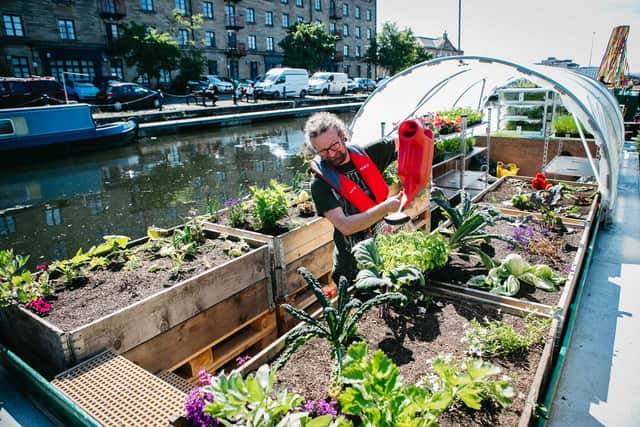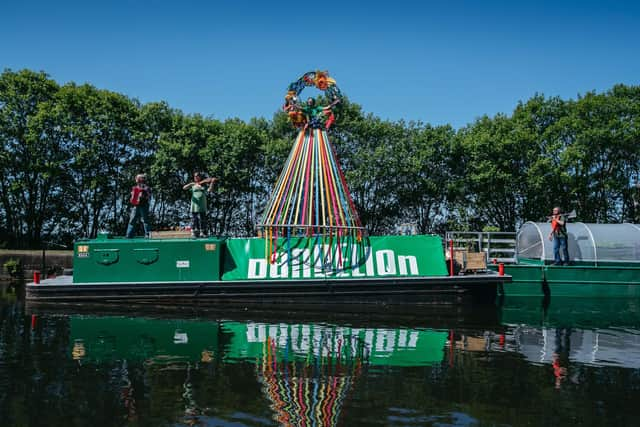Nationwide Dandelion food-growing project set to continue in Scotland after reaching 600,000 people
Leaders of the multi-million pound Dandelion programme are planning for it to continue after staging more than 1,000 events and activities in more than 550 different locations.
They are exploring ways to ensure a legacy for the project, which culminated in September with the biggest ever celebration of the harvest season in Scotland.
Advertisement
Hide AdAdvertisement
Hide AdHowever, it is not yet known what funding will be available to confirm the scale of Dandelion, which is said to have provided work for more than 1,000 different people and had 589,000 participants.


Visual artists, musicians, scientists, chefs, horticulturalists and climate experts all took part in the project – Scotland’s contribution to the controversial £120 million UK-wide Unboxed festival, instigated by the Government in the aftermath of the Brexit referendum vote.
The Dandelion programme, which had a budget of nearly £7 million overseen by Scottish Government agency EventScotland, saw two large-scale festivals in Glasgow and Inverness, the creation of 12 large new food-growing gardens on previously unused land or sites, and the delivery of more than 130 “growing cubes” to schools across the country.
Tens of thousands of plants were given away throughout Dandelion, which also involved community meals, ceilidhs, debates, workshops and a floating garden that travelled along the Forth and Clyde Canal.
The Dandelion project was first developed just over two years ago to mount a bid to represent Scotland in Unboxed.


Creative director Angus Farquhar said: “The project was born when we were all in lockdown and all of the amazing partnerships that we formed came together without any of us meeting in person for a whole year. But the whole spirit of Dandelion was to get your hands dirty, meet with other people and do stuff together.
“The ambition was always there to have a really widely-spread programme and get money out across the country, but it ended up much bigger than we expected. We had 468 schools who wanted to get involved in our growing initiative – each of them was funded. I don’t think any of us could have imagined we would have 550 harvest events over our final weekend in September.
Advertisement
Hide AdAdvertisement
Hide Ad“To go from a team of six on the project to 1,000 paid people was an incredible achievement. Many of us would say we haven’t worked harder, but the end results felt like it was worth it.
“There is a lot of uncertainty around at the moment, with both the cost-of-living crisis and the climate crisis. We felt it was really important to celebrate something that people could practically do – grow their own food, come together and share that. People responded really well to that on a very local level across the whole country.


“We're currently exploring ways in which Dandelion and elements of this year’s programme can continue, which is really exciting. Now, more than ever, we need to create work that is sustainable that can lead to long-term jobs and support into communities. We're working very closely with our core funders to see what is the right model to take forward.”
Comments
Want to join the conversation? Please or to comment on this article.
